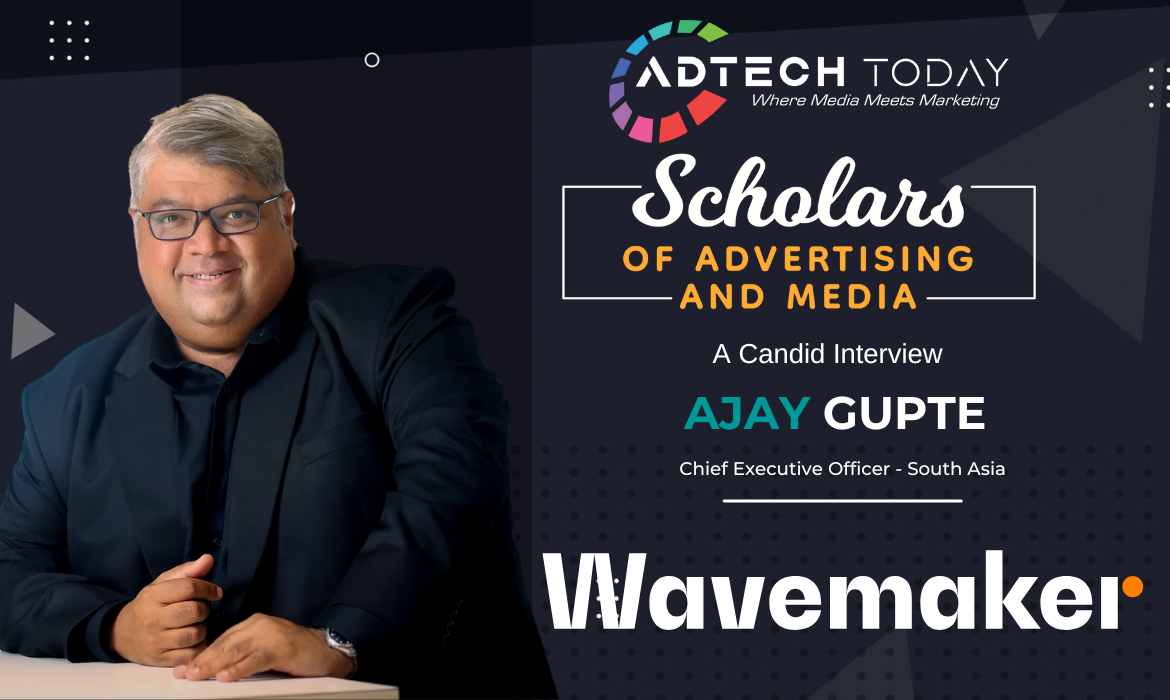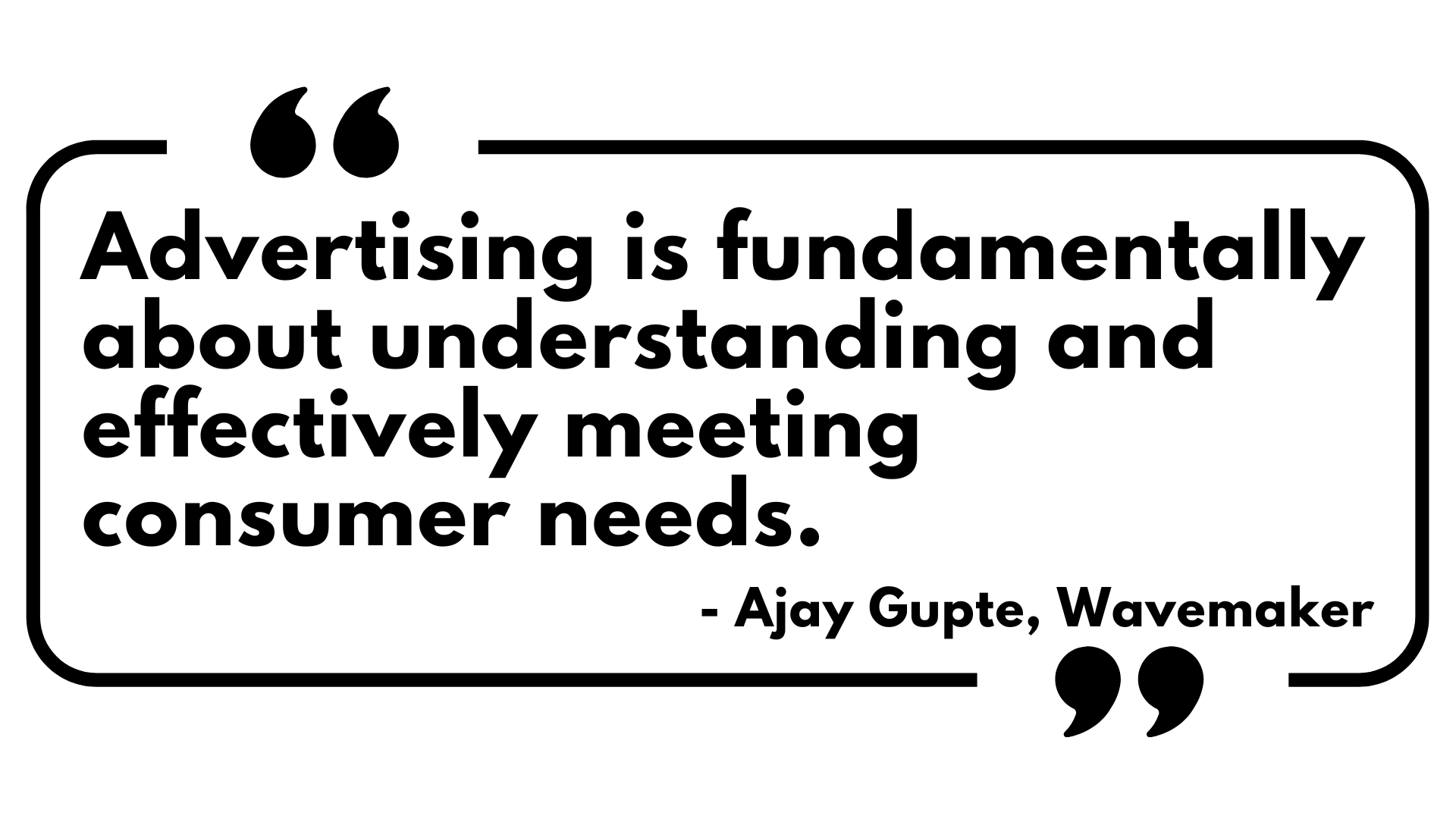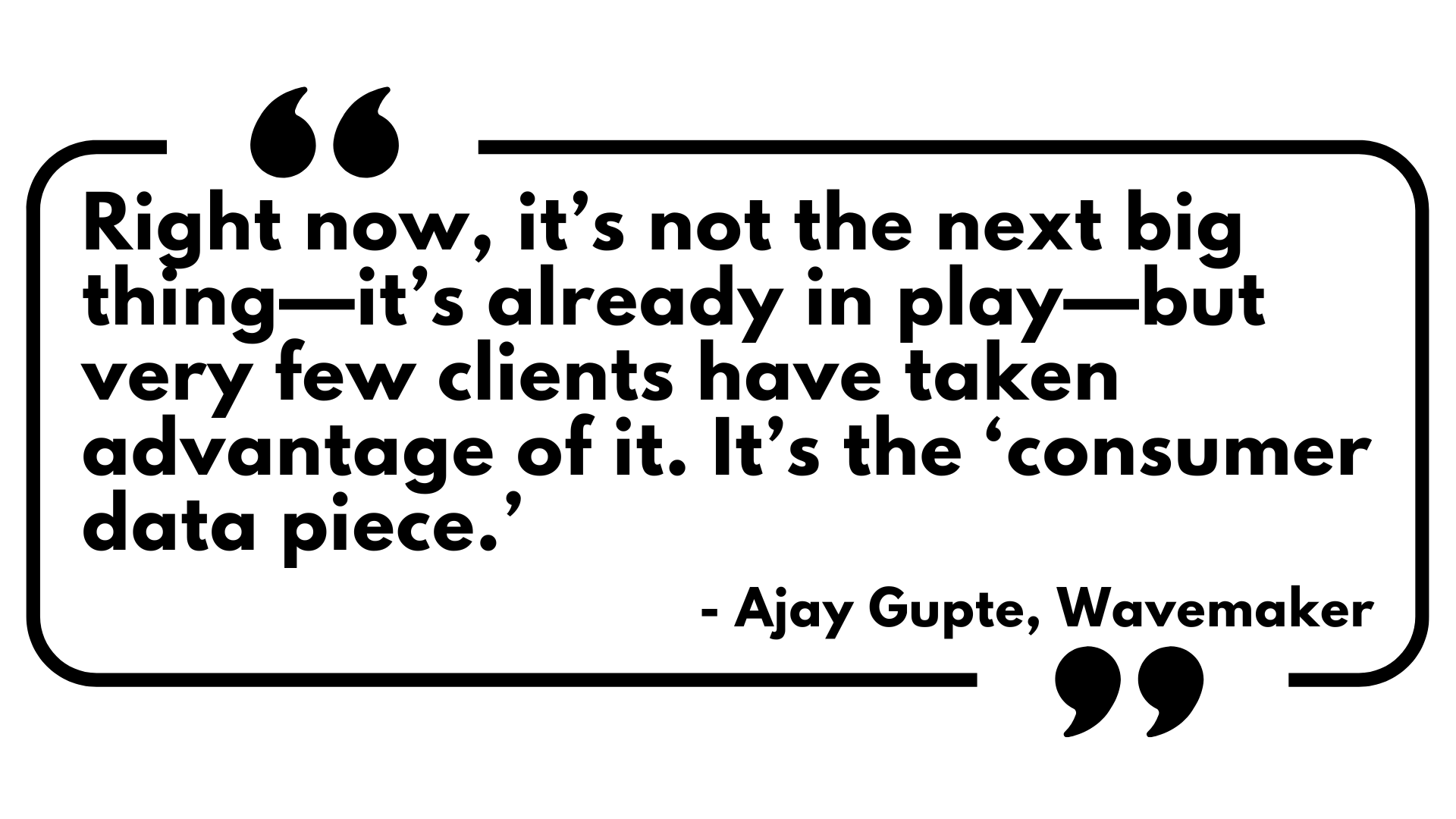
Congratulations on winning Media Agency of the Year at the Abbys and EMVIES, and for Mondelēz India’s recognition as ‘The Best Media Client of the Year’. This is exceptional and amazing. How has Wavemaker evolved under your esteemed leadership?
Thank you. I think it’s important to note that Rome wasn’t built in a day, neither was Wavemaker.
Wavemaker’s success is rooted in a long legacy. Initially led by C. V. L. Srinivas, our foundation was set with a focus on pioneering approaches. Despite our modest beginnings, we prioritized investments in areas we foresaw as crucial for clients. This philosophy is ingrained in our DNA.
Our current achievements are the result of proactive investments over the years. We started with digital initiatives in the early 2000s. Today, we have a robust team of 18-20 data scientists, always staying ahead. Our content team, now 70 strong, has delivered innovative campaigns like the ‘Deep Fake’ for Cadbury and real-time targeted ads for Luminous during power outages.
Our forward-thinking investments in e-commerce, data consulting, and content, including pioneering the first Metaverse wedding in 2022, illustrate our ability to seize new opportunities.
With 150 active clients, our strategy of early investment and case study development has paid off, evident in our recognition at the EMVIES and other prestigious awards. Our sustained success stems from these investments in people, products, and cutting-edge strategies, benefiting our expansive client base.
How has Wavemaker’s approach to innovation and learning set it apart in creating new marketing “textbooks”?
At Wavemaker, we’re rewriting marketing textbooks by pioneering new frameworks. Unlike traditional models like the four Ps or media planning formulas, we’re innovating with first-party data and integrating data insights for impactful advertising. Our “Deep Fake”campaign and real-time targeted ads for Luminous are not just campaigns but benchmarks in marketing innovation. With over a thousand such case studies, we lead by creating and applying new knowledge, and setting standards for the future of marketing. This proactive approach defines Wavemaker’s distinction in the industry.
How has your experience as a leader been over the past two decades across different markets? Can you share some of the most challenging decisions and learnings you have had to make as a leader along the way?
COVID has been our most significant challenge to date In March 2020, during a leadership meeting in Bombay, we sensed the looming threat. We quickly transitioned operations to home just before the lockdown. With advertisers halting spending, uncertainty loomed. We initiated regular meetings with the leadership team to brainstorm solutions and glean insights from global strategies, particularly those from China. This routine fostered resilience and teamwork, demonstrating that even in adversity, we could innovate and support each other effectively. COVID taught us invaluable lessons in adaptability and collaboration, continuing to benefit us today.
Wavemaker’s heart and soul lie in innovation and creativity. In your opinion, which resonates more strongly with audiences on an emotional level, innovation or creativity?
I believe both innovation and creativity are integral to what we do. Emotion plays a crucial role in how consumers connect with our work. Whether we appeal to their logical or emotional sides, it’s about resonating deeply. Innovation and creativity are ongoing imperatives. No matter how good we get, there’s always a better way. Every moment is an opportunity for an idea or innovation. It’s these step changes that propel us forward. Ideas and innovations are absolutely key; we must never let them go. To stay ahead, we need constant ideas, innovation, inspiration, and creations that set us apart and keep us relevant.

In your view, how significant is the role of emotions in advertising compared to logical appeals, and how does technology and data enhance this differentiation in messaging?
Advertising is fundamentally about understanding and effectively meeting consumer needs. The appeal can be emotional, logical, or otherwise. It depends on individual preferences and motivations.
Different strokes for different folks. This diversity is not just about gender. It’s about understanding what resonates with different individuals. This is where technology and data play a pivotal role. They enable us to discern these nuances and deliver tailored messages that align closely with consumer preferences. By leveraging data effectively, we can optimize our advertising strategies to enhance engagement and effectiveness significantly.
How does Wavemaker utilize data acquisition and technology to enhance customer engagement effectively?
We’ve invested heavily in customer data acquisition, enhancement, and activation, seizing every customer interaction—from retail stores to digital ads—as an opportunity to gather valuable insights. Customers share data when they see value, whether emotional or tangible, as with
Cadbury’s personalized birthday songs. This data is meticulously gathered and integrated from diverse sources, then securely managed in data clean rooms to ensure privacy. By leveraging first-party data and Dynamic Creative Optimization (DCO), where messaging adapts to individual behaviors, we’ve achieved substantial effectiveness boosts of up to 50%. This strategy, informed by analyzing 20 categories, 50 brands, and 5,000 campaigns, not only delivers immediate results but also shapes the future of marketing practices and strategies.
In an era dominated by digital transformation, how do you prioritize and integrate emerging technologies to meet and exceed client expectations?
I always say, like Steve Jobs did, that a customer doesn’t know what they need; you need to define it for them. If a client already has an expectation, then I have lost. The client expects me to anticipate their needs. If I do that consistently, which we have, I will stay ahead. The agency must show the client what they need.
To achieve this, I invest in hiring the right people. Initially, we didn’t understand data scientists roles, but now we have 20. It requires continuous investment, seeking the next big thing, integrating it for clients, and making it work. How do I stay ahead of client expectations? By understanding that the client expects me to stay ahead. Therefore, I need to constantly build capability, tech, tools, and data to demonstrate to the client what will be useful for them before they realize it.

Which is the next big thing you feel is coming up?
Right now, it’s not the next big thing—it’s already in play—but very few clients have taken advantage of it. It’s the consumer data piece. There is a huge opportunity here. Environmental factors favor it because even television is transforming and becoming more like CTV. With Jio’s investments and other changes, the gap between digital and television, from a data perspective, is going to almost vanish.
It’s crucial to start collecting, enhancing, and enriching consumer data and experimenting with it because this will be extremely important in the next two to three years. If you don’t start today as an advertiser, and your competition does, they will have much more consumer insight in three years than you will. That gap cannot be bridged, and you will stay behind. So, it’s not just the next big thing. It’s the current big thing.